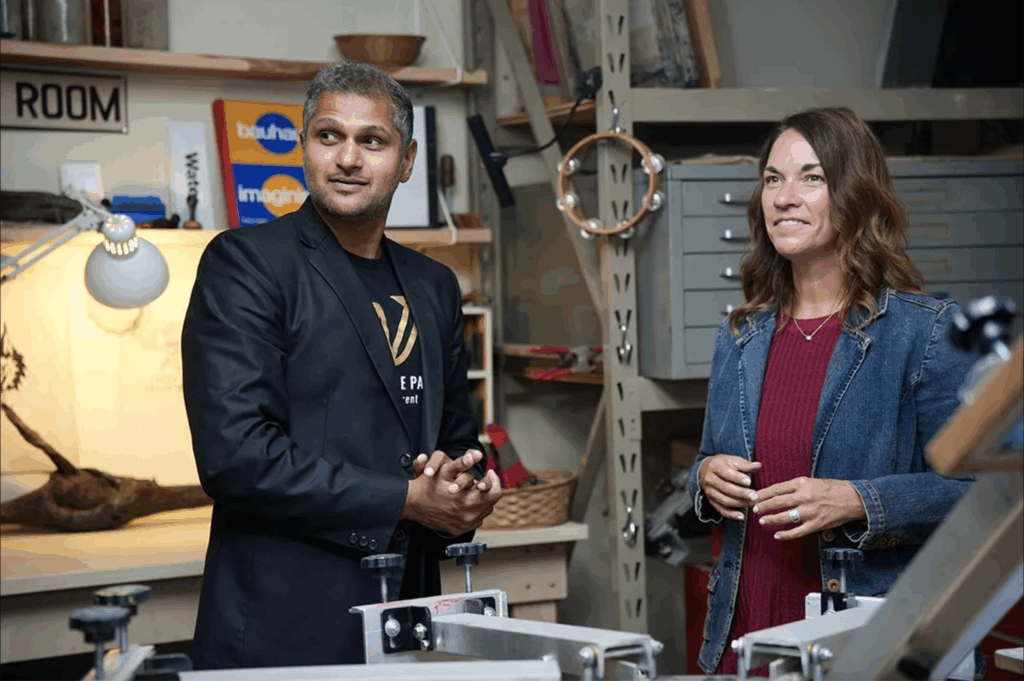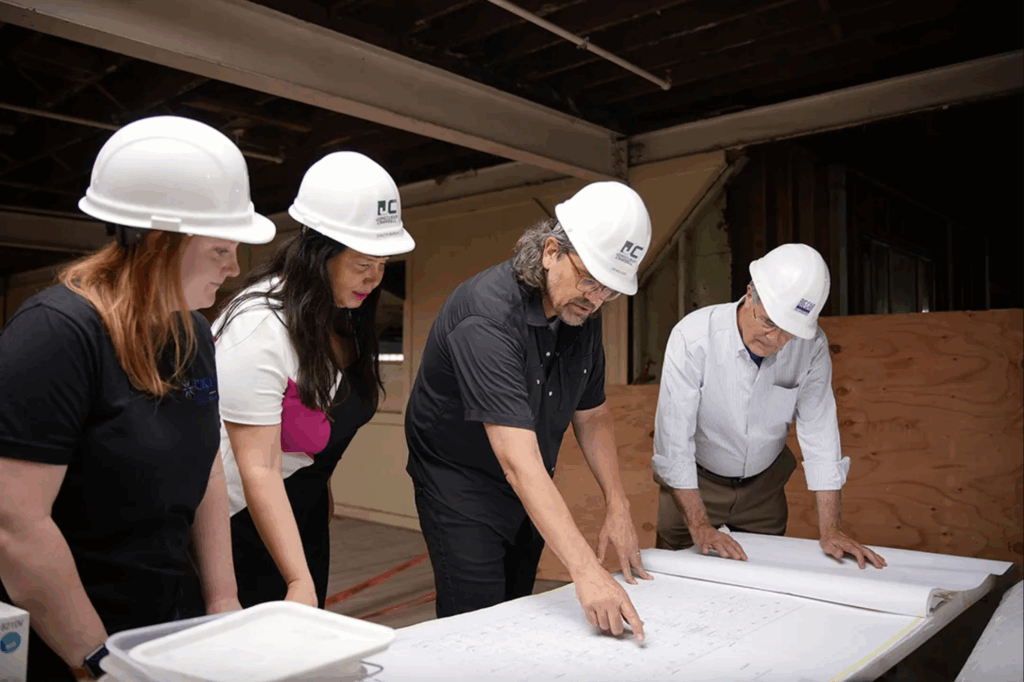Current Publishing: "Strategic vision: CICF maps out plan to empower community"

Current Publishing: "Strategic vision: CICF maps out plan to empower community"
The article below, published by Current Publishing, details how CICF is expanding its mission across all nine Central Indiana counties with a new strategic plan focused on strengthening non-profits, improving regional collaboration, and guiding philanthropic giving to better support local communities. See original article on Current Publishing here: https://youarecurrent.com/2025/11/16/strategic-vision-central-indiana-community-foundation-maps-out-plan-to-empower-community/
Since it began in 1997, Central Indiana Community Foundation has expanded its focus from supporting its two founding agencies — the Indianapolis Foundation and the Hamilton County Community Foundation — to providing its own services to the communities of Marion and Hamilton counties and, now, launching its first strategic plan to guide CICF’s mission beyond those borders.
President and CEO Jennifer Bartenbach said she launched the strategic planning process after she began her new position with CICF two years ago because she wanted to help the agency further establish its own identity.
“That’s what excited me about this role — I was able to create … our strategic plan for the community and redefine central Indiana and what that really means,” she said. “More people live in the eight surrounding counties than in Marion County, and that’s the first time that’s ever really been the case. And so, central Indiana is — we’re defining it as those nine counties — and it’s one of the fastest economic engines in the Midwest.”
A large part of the strategic plan, launched this year, focuses on bolstering central Indiana’s nonprofit organizations, which are vital to maintaining their communities.
“No matter who’s the political party in office, there’s a breakdown in our housing sector, there’s a breakdown in our food sector, there is a breakdown in our arts and culture, in our parks, in our trails,” Bartenbach said. “There’s a funding problem that exists, and philanthropy and nonprofits have to fill that gap and that need. When the social service sector can’t meet the needs of our homeless population, of our sick, of all of those, the nonprofits are what come into play and we’re seeing, right now, that it’s even more critical.”
She noted that the nonprofit ecosystem in central Indiana is robust — it’s responsible for $44 billion in annual economic activity and employs 10 percent of the region’s private sector.
Bartenbach said one part of the strategic plan helped map out how CICF can better facilitate connections throughout the region.
“For example, we are working on a survey of food assistance needs in central Indiana that used to be done by the Indy Hunger Network only in Marion County,” she said. “We reached out and said, ‘What would it take to include all nine counties in that?’ Because hunger is a problem in central Indiana, not just in Marion County.”
The results will be shared with community foundations in the nine counties to provide valuable data as they decide where to focus resources.
The other three sections of CICF’s plan focus on the culture of giving, the nonprofit ecosystem, and people and potential. Each of the sections has related work plans to, for example, keep philanthropic giving inside of the region; help nonprofit leaders understand that they aren’t competing against each other for donations; and provide technical assistance, advice and training for nonprofit leaders to help them lead more effectively.
A new service CICF started this year is what Bartenbach called “office hours,” where nonprofit officials can book an advice session with someone from CICF. She said that so far, about 100 nonprofits have taken advantage of that service.
“We ask that (they) register in advance, so that we have an idea of what (they) need, so we have the right staff on hand,” she said. “Is it marketing? Is it accounting? Are you looking for fundraising support?”
The top concern has been funding and how to increase donor bases, she said. CICF also reviewed and gave advice about marketing materials and helped some nonprofits adjust their budgets when federal funding was cut.
In addition to 1-on-1 meetings, CICF is hosting group office hours to help nonprofits connect and learn from each other.
“That is just a tangible example of what we’re doing right now, while people are feeling lost and trying to figure out where support can come from,” Bartenbach said, adding that CICF just launched a pilot leadership training program for nonprofit executive officers who are new to their leadership roles. “We worked with the Lilly School of Philanthropy to develop a yearlong training … around new executive directors and we brought a big group together. I’m actually sitting on it. One, just to see how it goes. Two, because I’m a new leader. It’s from large nonprofits to smaller nonprofits. It’s men, it’s women — it’s a very diverse group.”
Bartenbach stressed that CICF serves central Indiana primarily by providing valuable guidance and helping groups connect with each other so everyone can succeed together.
“Regional collaboration attracts more attention from funders,” she said. “It accesses more state and federal resources. There’s a community foundation in every county in the state of Indiana. We’re not trying to be them, right? We know that they’re the experts, but we can help bring them together.”
For more, visit cicf.org.
A regional partnership
Many years ago, the Indianapolis Foundation and the Hamilton County Community Foundation recognized they could be more effective if they worked together, so they pooled some resources and in 1997 created the Central Indiana Community Foundation to provide support services for the two foundations.
Since then, CICF has grown and evolved, but marketing director Kelsey Singh said it still supports the entities through the CICF Collaborative, which now also includes the Women’s Fund of Central Indiana and other philanthropic organizations.
Community foundations work to benefit their communities in different ways, Singh said. For example, community members can have philanthropy accounts through a foundation, which works with the individual to better focus where an account’s funds are distributed.
“The community foundation knows the community really, really well, so they can give guidance to the community member,” she said. “They can talk to them about, like, ‘What are your values? What are your interests? What are you hoping to accomplish?” And then they can kind of match them with organizations that have a need and that are doing good work.”
Community foundations also can provide grants to community organizations, with funding from different sources such as direct donations, endowments and service fees from individual philanthropy funds.
For more, visit cicf.org.

